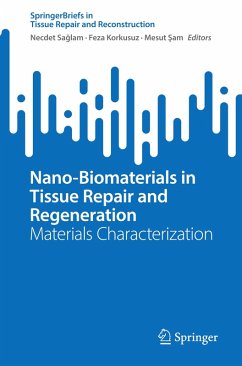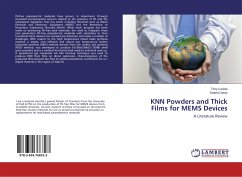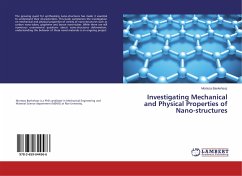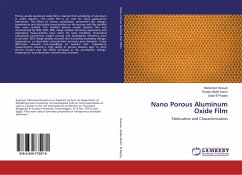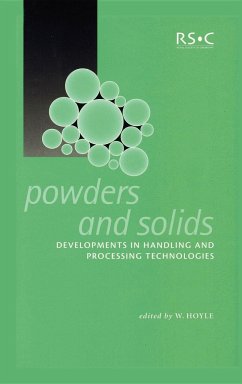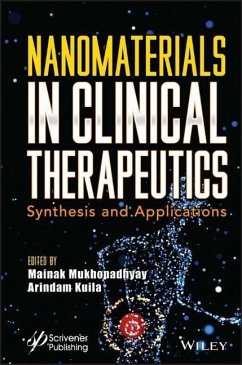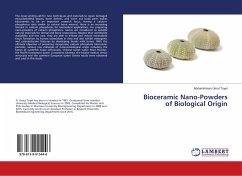
Bioceramic Nano-Powders of Biological Origin
Versandkostenfrei!
Versandfertig in 6-10 Tagen
27,99 €
inkl. MwSt.

PAYBACK Punkte
14 °P sammeln!
The never-ending call for new techniques and materials to repair damaged musculoskeletal tissues, bone defects, and worn out body parts makes bioceramics to be an important research focus. Having a calcium-phosphorus ratio similar to natural bone mineral, there is an increasing interest in calcium phosphates for biomedical applications. For preparing nano-powders of calcium phosphates, nacres are considered as suitable natural materials for dental and bone restorations. Besides their worldwide availability and low cost, they are able to initiate and induce mineralized tissue formation by human...
The never-ending call for new techniques and materials to repair damaged musculoskeletal tissues, bone defects, and worn out body parts makes bioceramics to be an important research focus. Having a calcium-phosphorus ratio similar to natural bone mineral, there is an increasing interest in calcium phosphates for biomedical applications. For preparing nano-powders of calcium phosphates, nacres are considered as suitable natural materials for dental and bone restorations. Besides their worldwide availability and low cost, they are able to initiate and induce mineralized tissue formation by human osteoblasts in vitro and also exhibit osteogenic and osteoinductive features by developing bonds with bones. With the ultimate objective of preparing inexpensive calcium phosphate bioceramic particles, various raw materials of natural-biological origin including the bones of cuttlefish Sepia officianalis, Chinese sweet water Pearl Powder, the Pacific Kumamoto oyster Crassostrea sikamea, thebivalve mollusc Venus verrucosa and the common European oyster Ostrea edulis were obtained and used in this study.




